(CLO) President Donald Trump has hinted that he wants to put the Arctic back at the top of America's priority list. But this plan is facing a big obstacle in the name of icebreakers.
Old fleet cannot keep up with new ambitions
At 13,000 tons, the US Coast Guard's Polar Star is a massive ship built to break through 20 feet of Arctic ice. But it's the only US icebreaker that can operate year-round. And more importantly, it was built… almost half a century ago.
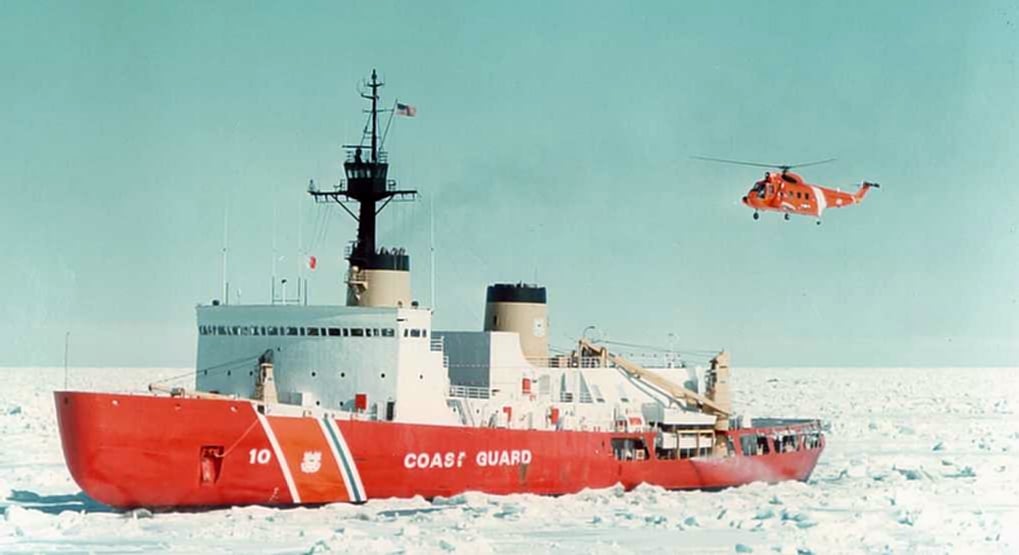
The US Coast Guard's Polar Star has been in service for nearly 20 years beyond its design life. Photo: Wikipedia
In the increasingly fierce global race for access to the Arctic, icebreakers are essential tools for opening trade routes, enabling resource extraction and projecting military power. The US and its allies have fallen far behind Russia, while China is rapidly gaining ground with the help of the world’s largest shipbuilding industry.
President Trump has indicated that he wants to put the Arctic back at the top of America’s priority list, and that the US Coast Guard needs to expand its icebreaker fleet. “We’re going to order about 40 big Coast Guard icebreakers. Big ones,” the president said last month.
That will be a tall order. The United States has struggled for years to build a single icebreaker, the ship that clears passage through ice for other ships. Even if President Donald Trump can muster the political will and money to build more, the United States will have to breathe new life into its ailing shipbuilding industry.
By comparison, Russia has about 40 icebreakers, as well as giant new nuclear-powered vessels under construction. China, though it is nearly 1,500 kilometers from the Arctic Circle, has four such vessels. Experts say Beijing’s first domestically built nuclear-powered icebreaker could be launched as early as this year.
A Chinese shipyard will take just two years to deliver a new icebreaker. Although the new US icebreaker will be larger and heavier than the Chinese one, construction only recently began, five years after the contract was awarded to the shipbuilder.
The indispensable pioneer
Icebreakers are seen as an indispensable means of maintaining a presence in the Arctic. Even as global temperatures warm and shipping routes open up, the region remains largely inaccessible to ships during most of the summer months, unless accompanied by a Polar-class icebreaker.
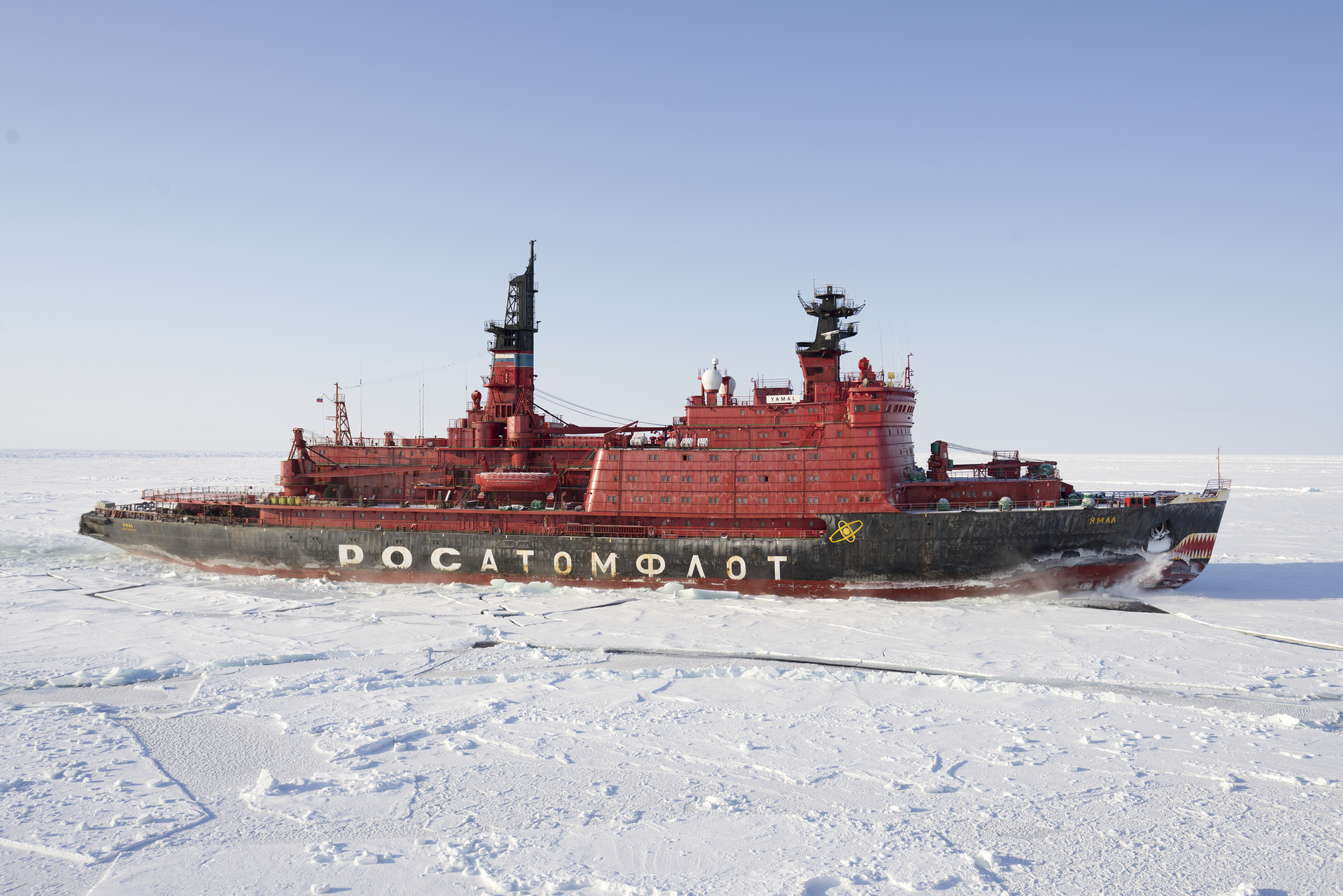
Russia's nuclear-powered icebreaker Yamal operates in the Kara Sea, an extension of the Arctic Ocean. Photo: Wikipedia
Greenland, the world's largest island, is still dangerous to navigate by ship due to icy conditions. The island has one of the world's largest untapped zinc deposits in its far north, but the fjord where the island is located freezes over for most of the year.
“We can’t access this area and we can’t be present without icebreakers,” said Shannon Jenkins, senior Arctic policy adviser for the US Coast Guard, which operates the country’s icebreakers.
Icebreakers are classified based on the thickness of ice they can handle, with the Polar class being built for the thickest ice. Russia has seven of the heaviest Polar-class icebreakers. The US and its allies have a total of three, with an average age of 46 years, according to consulting firm Arctic Marine Solutions.
Arctic icebreakers are designed in a way that allows them to push their bows up through the ice and break it with their weight. Broken ice often folds under the adjacent solid ice, leaving a clear water line in the ship's path.
Icebreakers have reinforced hulls, adding weight to the ship, and powerful engines. While conventional ships often prioritize fuel efficiency over raw power, that calculus doesn't work for icebreakers, which need to generate more force to break through ice.
Big challenge for Americans
The Polar Star, commissioned in 1976, has exceeded its design life by nearly 20 years, according to a Congressional Budget Office report last year. The second U.S. icebreaker, the Healy, commissioned in 1999, is less powerful, with just 30,000 horsepower, half the power of a heavy icebreaker.
Polar icebreakers are expensive and complex. The US hasn’t built one since Polar Star. In 2019, it signed a contract to build a new heavy icebreaker, the Polar Sentinel. The first of three planned new icebreakers, Polar Sentinel, isn’t expected to be completed until after 2030. The Congressional Budget Office estimates the cost of the three ships will be $5.1 billion, 60% more than originally projected.
The U.S. icebreaking program has lagged far behind Russia in part because the Arctic has been less of a priority for Washington since the Cold War. That began to change about a decade ago, said Rebecca Pincus, director of the Polar Institute at the Wilson Center, a U.S. policy research group.
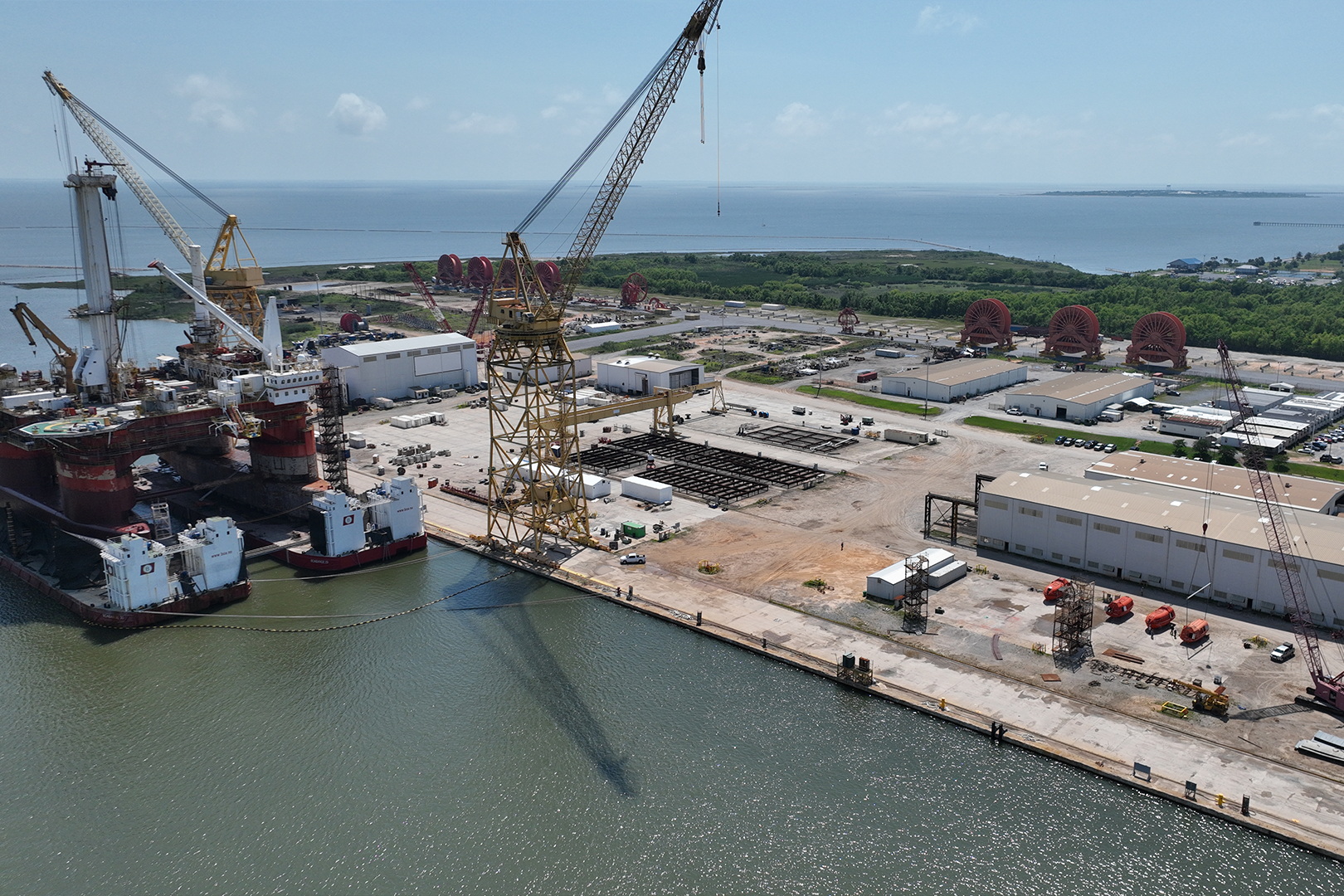
The company building the US Coast Guard's new Polar icebreaker, Bollinger Shipyards, is unlikely to deliver the ship before 2030. Photo: Bollinger Shipyards
But Pincus also pointed out that the drive to build icebreakers has been hampered by the Coast Guard’s limited budget and lack of political power. The Coast Guard has been moved from department to department before most recently becoming part of the Department of Homeland Security.
“But icebreaking has not been a focus of the Department of Homeland Security since 9/11,” said Pincus, who has worked on Arctic policy at the US Coast Guard and the Department of Defense.
Now, as attitudes toward ships have changed, the Americans find themselves far behind their rivals. Canada, which has about 100,000 miles of Arctic coastline, has two Polar-class ships and two more under construction. It has also built five Arctic patrol ships in the past decade, and it has warships modified to plow through ice offshore.
European countries including Finland, Sweden, Britain and Germany – all members of the North Atlantic Treaty Organization (NATO) – own a total of 13 icebreakers capable of operating in the Arctic.
America’s ability to catch up with its rivals is hampered by a domestic shipbuilding crisis. Over the past three years, China has built 47 percent of the world’s ships, while the United States has built just 0.1 percent, according to United Nations data. The decline in commercial shipbuilding means there is little domestic supply chain for naval vessels.
As a result, Navy ships are routinely built late and over budget while shipyards suffer from recruitment shortages, high costs, lack of investment and other problems.
For example, the company building the U.S. Coast Guard’s new Polar icebreaker, Bollinger Shipyards, based in Lockport, Louisiana, invested $20 million in infrastructure to build the ship after taking over the project from another company. That company, VT Halter Marine, suffered a loss of more than $250 million on the project before construction began.
The multifaceted challenges are making winning icebreaker contracts a risky proposition for many yards, and making President Trump's goal of building 40 ships more difficult.
Nguyen Khanh
Source: https://www.congluan.vn/rao-can-chinh-phuc-bac-cuc-cua-my-tau-pha-bang-qua-lep-ve-so-voi-nga-post333189.html





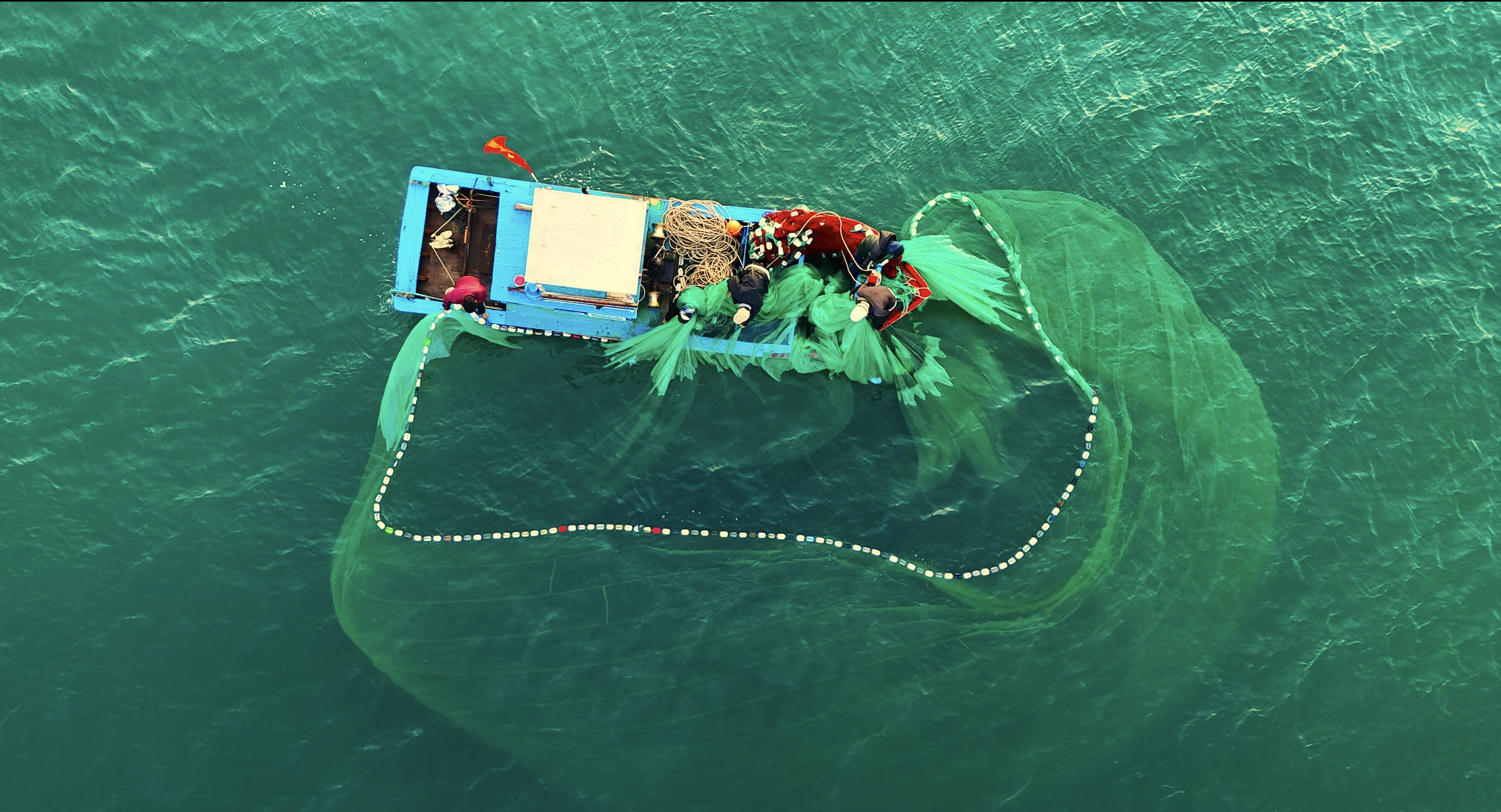




























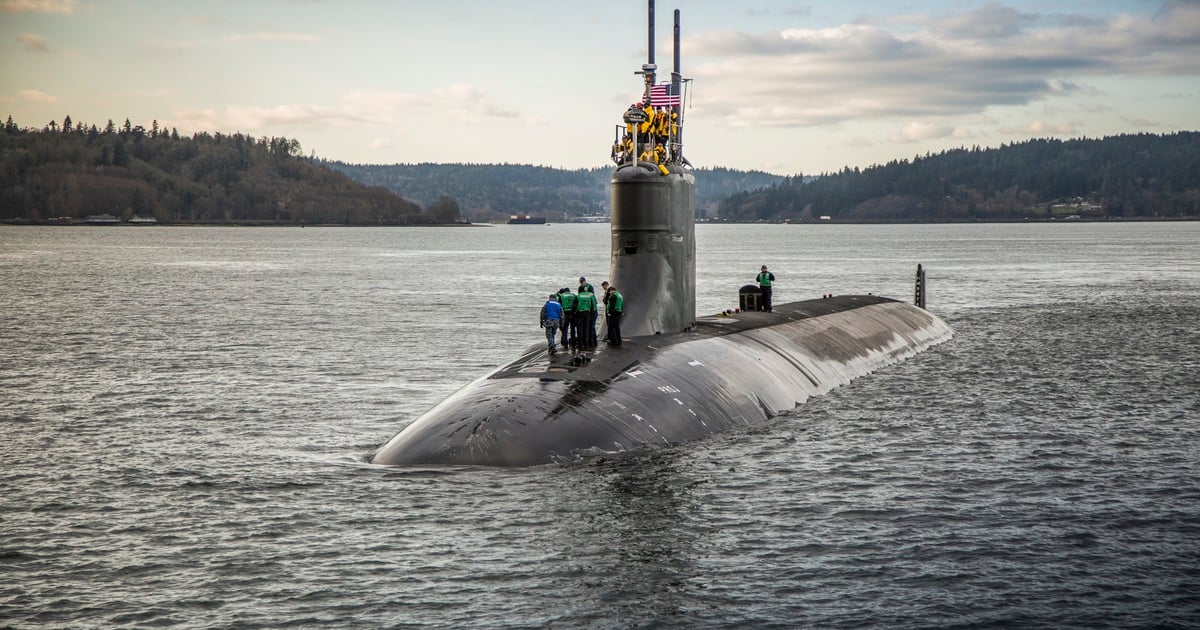
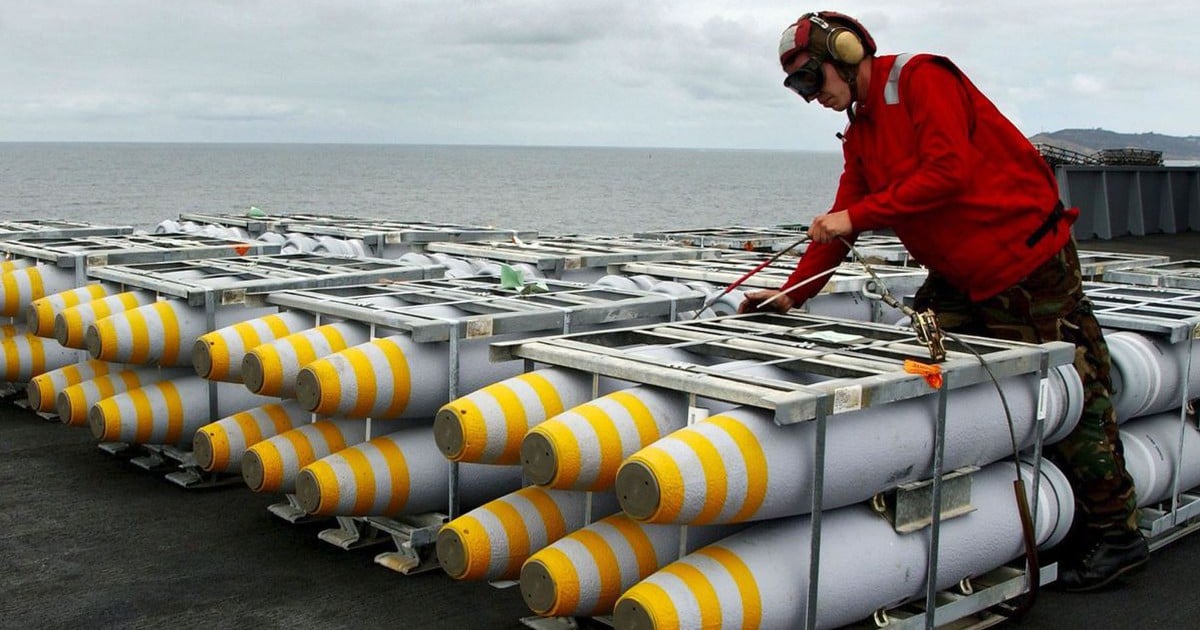






























Comment (0)